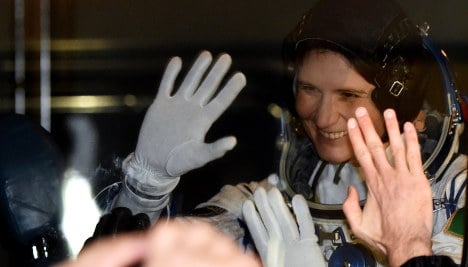An out of use 6.5-tonne Upper Atmosphere Research Satellite, known in the science circles as UARS, is expected to fall from orbit late next week and it could strike Sweden.
While most of the satellite is expected to burn up after it re-enters Earth’s atmosphere, NASA projects that about 545 kilogrammes of pieces will survive and plunge somewhere on the globe spanning a 500-mile radius.
Experts cannot forecast the exact locations of landfall, but based on the satellite’s current orbit and inclination, the strike zone is calculated to be somewhere between 57 degrees north and 57 degrees south of the equator, according to NASA.
Sweden extends between the 55th and 69th northern latitudes, which theoretically puts everything south of Gothenburg at risk, but NASA experts say the risk is considered minimal and calculate that it is a 1-in-3,200 chance that piece would actually hit a person.
The likely strike zone is a worldwide swath that covers most of the planet’s six inhabited continents and three oceans.
Since the dawn of the 1950s Space Age, there have been no confirmed reports of injury from re-entering space objects.
UARS, which ran out of gas in 2005, was originally deployed in 1991 from the Discovery space shuttle.
Its nearly 5 billion kronor ($750 million) mission was to study Earth’s atmosphere and its interactions with the sun by measuring the concentrations and distributions of gases vital to ozone depletion, climate change and other atmospheric phenomena.
According to NASA, readings from the satellite provided conclusive evidence that human-produced chlorofluorcarbons released into the atmosphere is the root cause of the polar ozone hole.


 Please whitelist us to continue reading.
Please whitelist us to continue reading.
Member comments